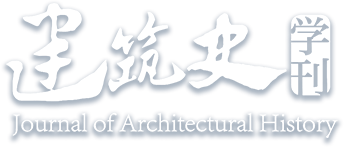Abstract:
Based on the results of a recent investigation, this paper explores the architectural characteristics of Fengxian Hall in the Forbidden City in Beijing through analysis of its structure, dougong, inscriptions, and building materials. The comparison of these characteristics with those specified in Song building standards
(Yingzao fashi) and Qing standards
(Gongcheng zuofa), as well as those seen at other roughly concurrent buildings (from the Ming and Qing dynasties), brings to light some new findings. Now, combined with the information obtained from historical documents issued by the early Qing court, the paper concludes that Fengxian Hall was built in the Shunzhi reign period of Qing. The hall represents an important stage in the development of official style in northern China, and has great significance for the study of government-sponsored architecture in the early Qing dynasty.


 下载:
下载: